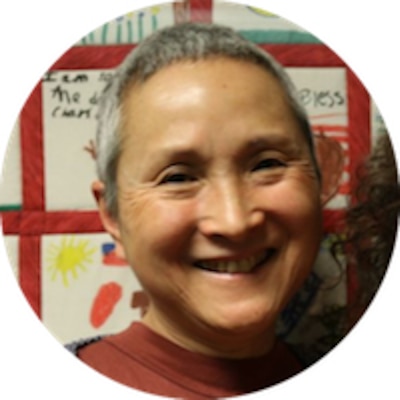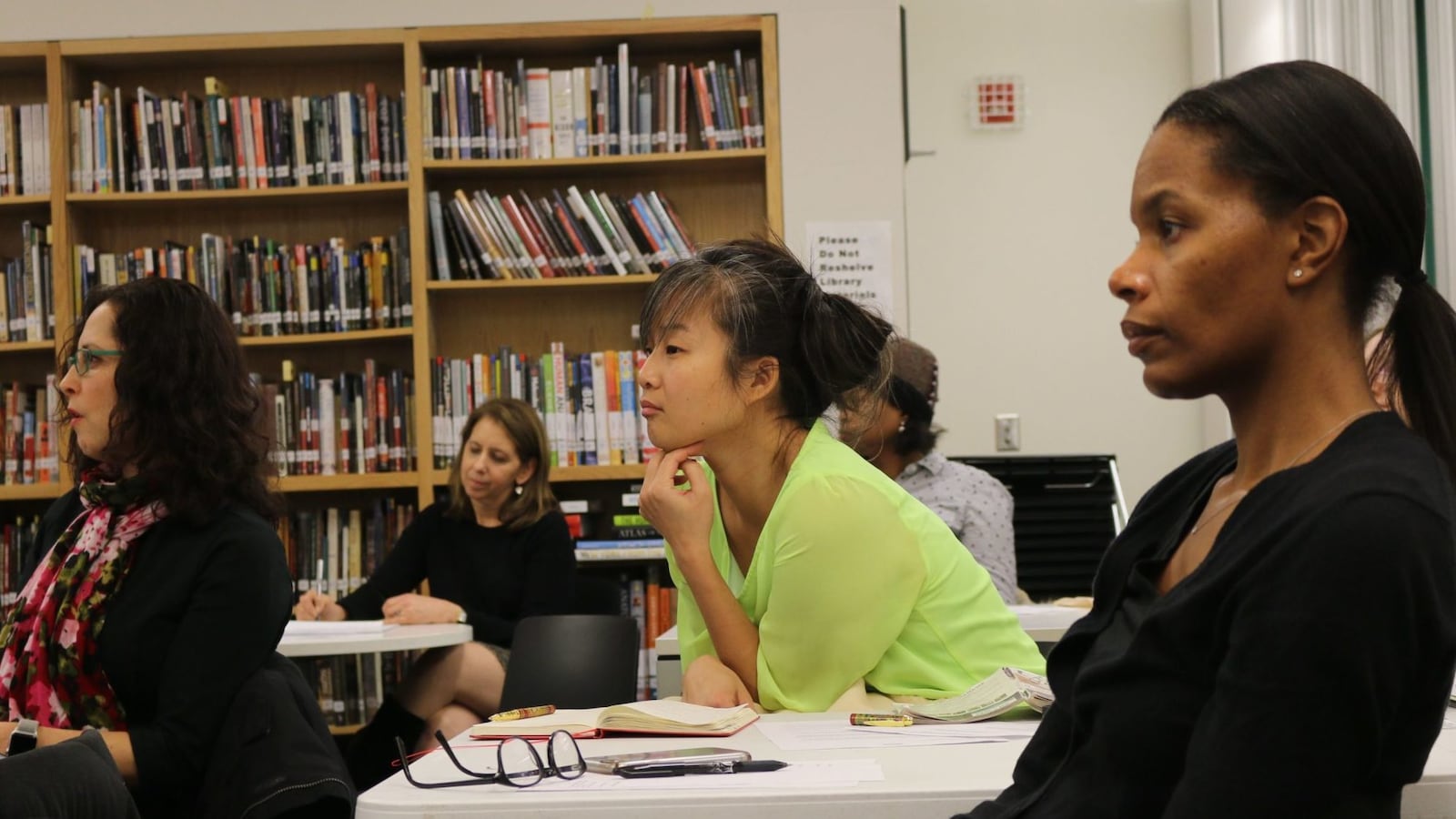Dear Mayor de Blasio and Chancellor Carranza,

I write as a school integration advocate, racial justice activist, public school mother, and a first-generation Japanese-American.
I have spent years working with other parents to make New York City’s public school system more equitable, facilitating conversations on school integration as a means to dismantle racism in our society. I believe it is past time we address the segregation in New York City public schools, and I agree that something must be done with the specialized high schools — which currently admit few black and Latinx students — as part of this work.
However, I am concerned about how you’ve rolled out this proposal without including the people it will affect.
As opposition mounts and the Asian communities across the city mobilize against your plan, I wanted to share some thoughts so that you are better prepared to create a meaningful dialogue on perhaps the most complex part of the school integration work.
I would like to ask three things from you. One is to please see us Asian New Yorkers for who we are.
There is no question that Asians have been (and many still are) marginalized and disempowered. If one learns the history of Asians in the U.S., she understands that our past is filled with violence and struggles. Our history is steeped in discriminatory policies at federal and local levels, including the Chinese Exclusion Act and Japanese internment. We were only given the “model minority” status because doing so was convenient for domestic and international politics.
We are also a very diverse group of people, representing more than four dozen countries. This fact alone makes it very difficult to make any general statements about us.
That doesn’t mean, though, that we should be ignored in this conversation or inaccurately lumped in with whites. High average test scores do not automatically equal privilege, and they are certainly no match for white supremacy — a concept many self-proclaimed “non-racists” are unable to recognize. This lack of understanding makes it nearly impossible to identify Asians as oppressed people of color.
The second thing I ask is to bring all of us – whites, blacks, Latinx, and Asians (East, South, and Southeast Asians) – together to develop solutions to integrate our schools.
The unfortunate fact is that our city is not typically equipped to have productive conversations about race and racism. And if racism of white against black/Latinx is difficult to grasp for some, understanding how Asians fit into this discourse is even harder.
Our position is so complicated, even racial justice activists – including Asians themselves – often do not know how to talk about us. When we are not ignored, we are perceived as “outsiders,” even if this is the only country some of us know.
But there is no reason we can’t work together. History tells us that Asians have been fighting for civil rights alongside black and Latinx people for decades, even after the white system began using us as pawns. Even in the highly contentious affirmative action arena, in which some Asians have been co-opted by white anti-affirmative action groups, many Asians remain in favor of affirmative action and are continuing to fight for equity for all people of color.
Finally, to make that work, I ask that you adopt a “bottom up and top down” approach, in which community conversations and shared decision-making happen under your leadership. Such a framework has been proposed by a group of advocates, including students.
The Department of Education has already hosted a series of town halls to solicit ideas on diversifying our schools, and has done a good job of getting people to come out. However, on this proposal for the specialized high schools, there was no consultation with affected communities, including students.
Let’s practice what we preach and have an inclusive, participatory process. Let’s not ignore the Asian community when we talk about school integration, and let’s specifically include Asian voices — parents and students — in this discussion about specialized schools and all schools. Let’s have real conversations aimed at uniting those who have been marginalized, not dividing them. And let’s explain how these decisions will be made and why.
This is an opportunity to start a conversation that should have happened when Brown v. Board of Education was decided 64 years ago, and to create more equitable, integrated schools. Let’s make sure we do it right.
Shino Tanikawa is the vice president of District 2’s Community Education Council and a school integration advocate.
About our First Person series:
First Person is where Chalkbeat features personal essays by educators, students, parents, and others trying to improve public education. Read our submission guidelines here.

